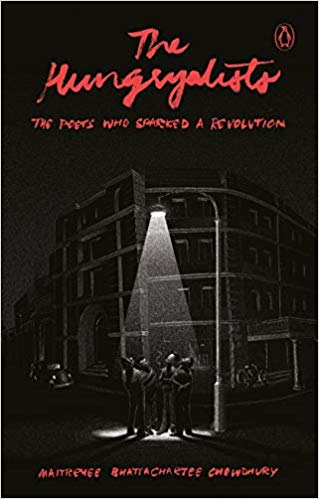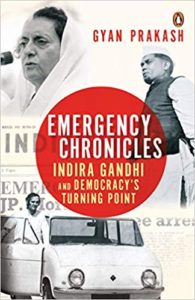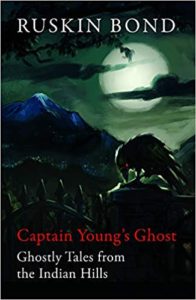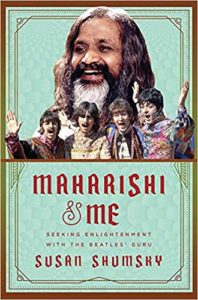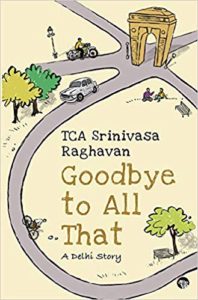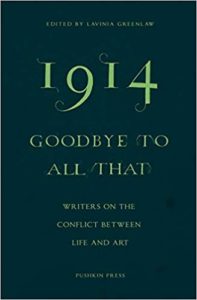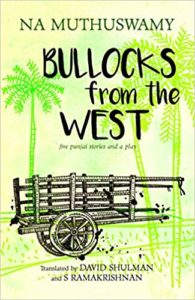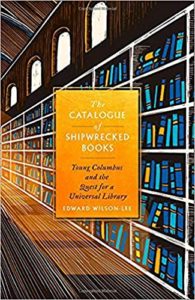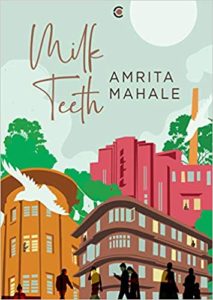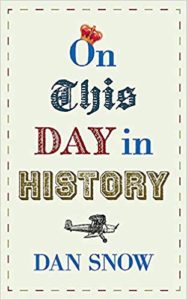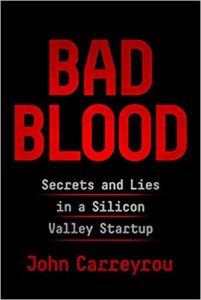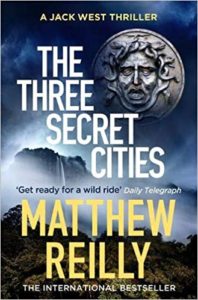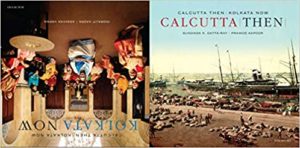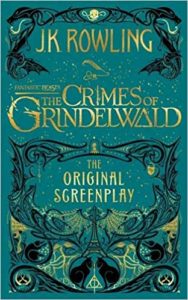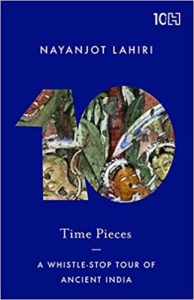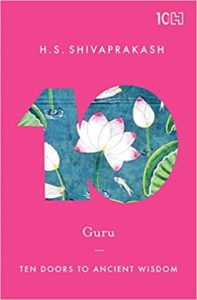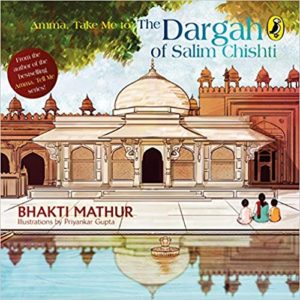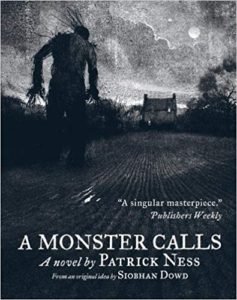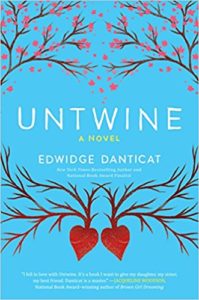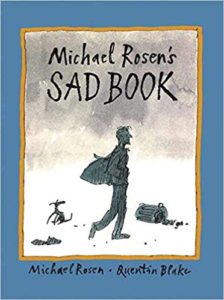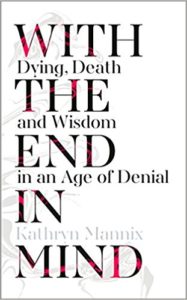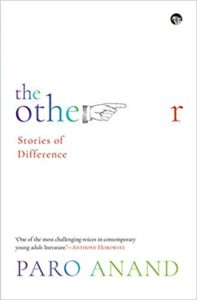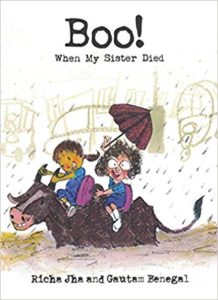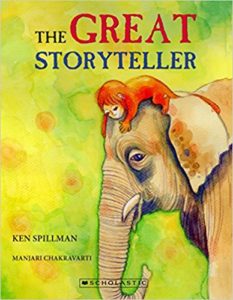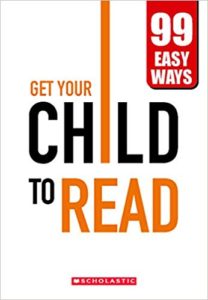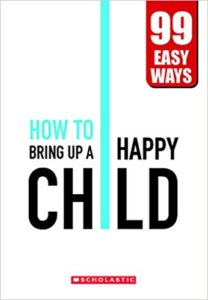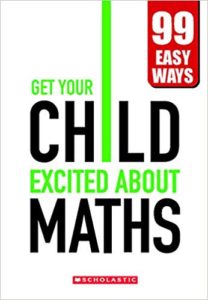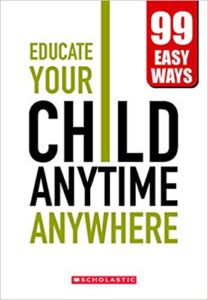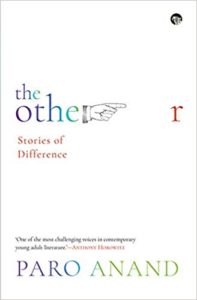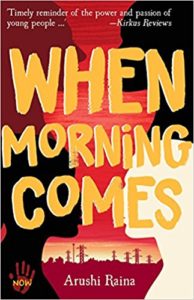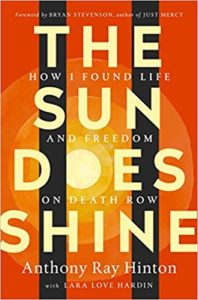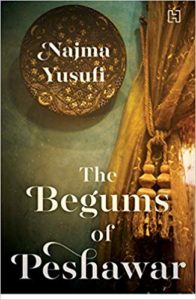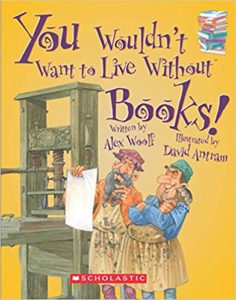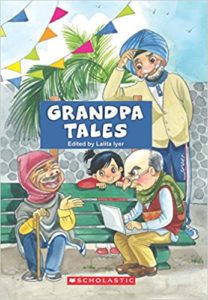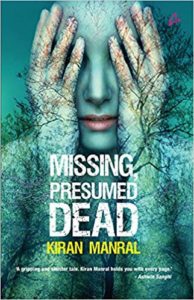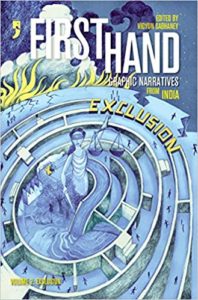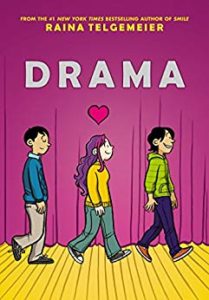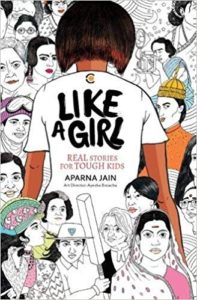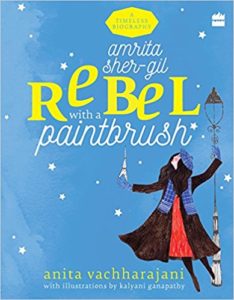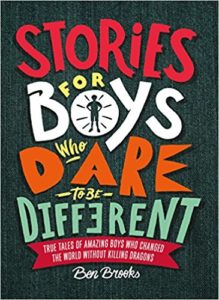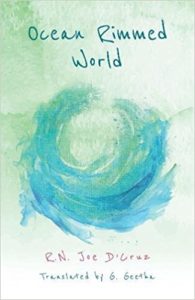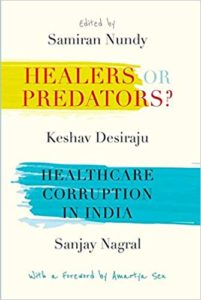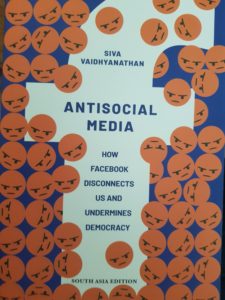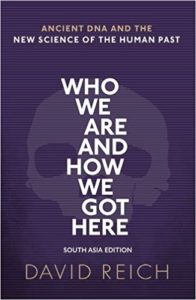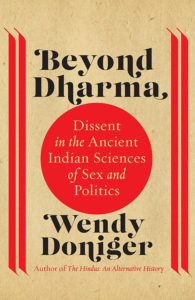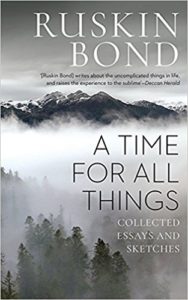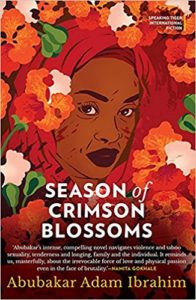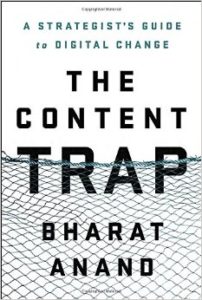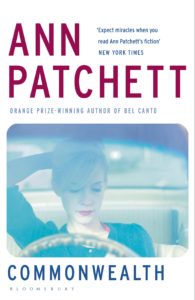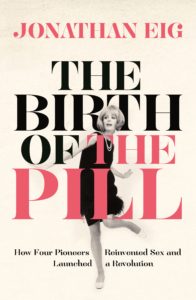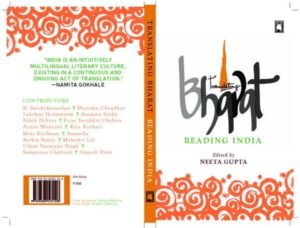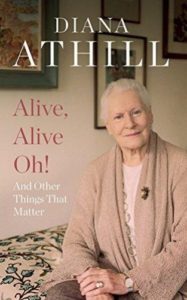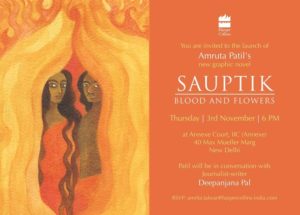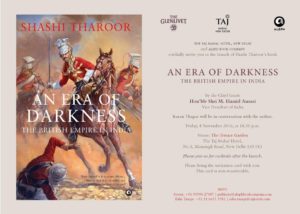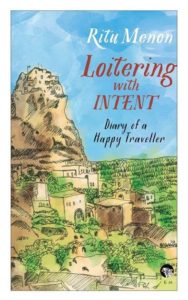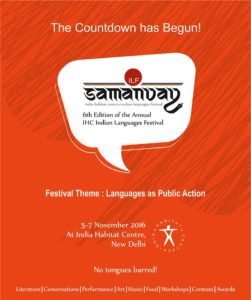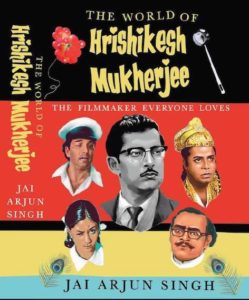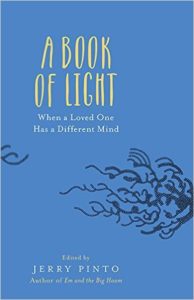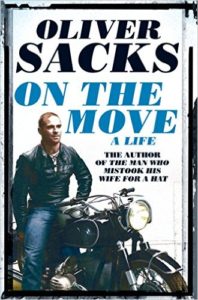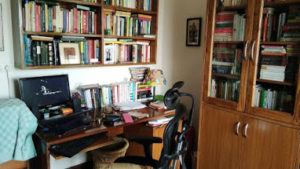 On 1 July 2017 the Government of India replaced the existing tax system with Goods and Services Tax or GST. I wrote in Scroll the impact this new tax will have on the publishing industry. My article was published on 8 July 2017. The text is c&p below.
On 1 July 2017 the Government of India replaced the existing tax system with Goods and Services Tax or GST. I wrote in Scroll the impact this new tax will have on the publishing industry. My article was published on 8 July 2017. The text is c&p below.
Update ( 8 July 2017): At the time of writing the GST for author’s royalties was 18% and that of printing was 5%. Subsequently after the article was published reliable sources said these figures had been revised. The GST on author’s royalties had been reduced to 12% and that of printing increased to 12%. This is a situation which is in flux and the numbers have to be constantly monitored on Government of India notifications before the new taxation system stabilizes.
On the face of it, the fact that no Goods and Services Tax has been imposed on books – there was no excise either earlier – should have been good news for publishers and readers alike. The new tax system, which replaces the older, multi-layered version, envisages zero GST on books of all kinds. However, there’s a catch.
While books attract no GST, many of the components of a book do. All along the value chain, from paper to printing to author royalties, GST payments have kicked in from July 1 onwards, which means that the cost of putting together a book will now be higher. Ananth Padmanabhan, CEO, HarperCollins India said, “GST does have an impact on input costs.”
And, to maintain their margins – which have already been under pressure – publishers may have no choice but to increase prices. With most individual titles – barring textbooks and mass market bestsellers – already seeing dwindling sales, higher prices are not welcome right now.
Why prices will rise
What goes into a book? The intellectual property comes from the writer, in the form of the manuscript. The physical components include paper, ink, glue, etc., required for printing and binding a book. And the services are in the form of printing and delivery to the publisher’s warehouse. Now, with GST slapped on each of these components, the paper-supplies and the printer, for instance, will add this tax to their cost. In other words, it will be the publisher, who buys the products or the service from them, who will have to foot this additional expense.
The publishing industry uses the services of freelance experts for many aspects of editing and production – copy-editing, proofreading, type-setting, cover design, illustrations, and so on – all of whom will now have to pay 18% GST instead of 15% service tax. Since they will pass this cost on to the publisher, the expenses will rise further.
Explained Manas Saikia, co-founder, Speaking Tiger Books, “There is an 18% GST on all service providers. If they are registered under GST then they will charge it with their bills. If they are not registered, then there will be a reverse tax charge so the publisher will pay. The exact cost increase will vary and I would say production, pre-press, and royalty costs will go up by 5% to 6% in total.”
But why will publishers not get the same benefit that other industries will get? As with the older Value Added Tax, the GST also includes the concept of Input Tax Credits (ITC). Put simply, this means that the seller of the final product has to pay GST at the prevailing rate, but can claim credits on all the GST already paid by his suppliers. In this scenario, the publisher would have been able to claim ITC on the GST paid its suppliers – had there been a GST on the books it’s selling.
However, since there is no GST on books, the question of claiming such credits does not arise. So, the publisher will find their costs increasing because of the GST paid by its suppliers, which range from 12% on paper to 18% on printing. Said Thomas Abraham, CEO, Hachette India: “Printers have told us that there is a 5% plus increase in material cost due to GST.”
The impact on royalties
Royalties are the payment that a publisher makes to the writer of a book. It is usually calculated as a percentage of the cover price of the book – usually between 7.5% and 15%, depending on the stature of the writer, the format of the book, and the number of copies sold. This form of payment means that the author’s earnings are proportionate to the number of copies sold. However, some royalties are usually paid as an advance, to be adjusted against actual earnings later. But since publishers do no ask writers to return their advance even if they have not sold enough copies to justify that advance in the first place, this first tranche is thus a sunken cost.
Now, for the first, royalties have come under the indirect tax ambit, attracting a GST of 18%, versus zero earlier. So, an advance royalty to an author of, say, Rs 1 lakh, will now mean a tax payment of Rs 18,000. Who will pay this? As things stand, publishers are preparing to foot this cost as well, using a mechanism called reverse tax, paying the tax on the writer’s behalf as the writer may not have registered for GST.
Another option for publishers as they struggle to contain costs might be to reduce royalty payments to offset the 18% additional tax. That would be bad news for writers – but it may not be a strategy that any publisher will adopt willingly.
Summed up Abraham, “As it appears now, books are poised to become more expensive. Ironic for a category that has been kept ‘GST exempt’, but all the raw materials that make up books have gone up. So publishers may be left with no choice, but to pass on the inflationary increase from GST. Something the government may need to look into, if it kept books exempted so that prices could be held.” Added Neeraj Jain, Managing Director, Scholastic India, echoing a more optimistic view, “It’s difficult to measure the impact of GST on the publishing industry immediately. It is best to wait and watch.”
7 July 2017



























